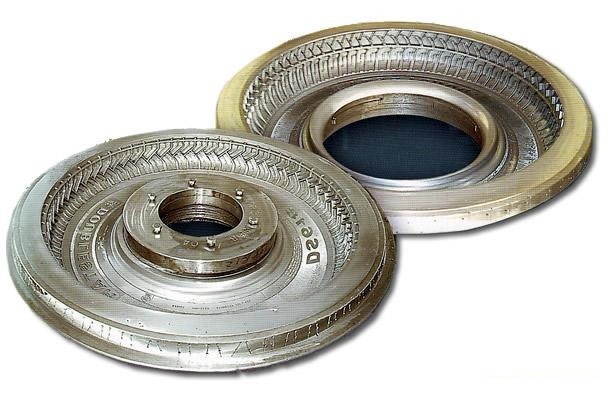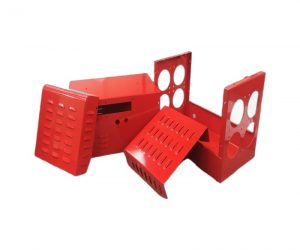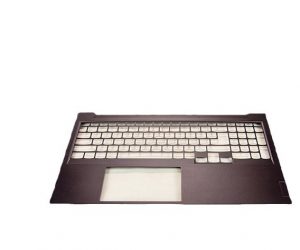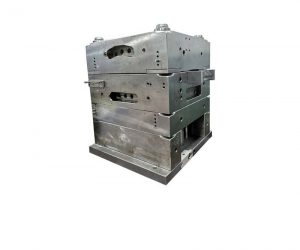Flexible mold, consisting of patterned rings, mold sleeves, and upper and lower side plates. This mold design is clever and can bend and deform to a certain extent to adapt to tires of different shapes and sizes. Its flexibility makes the production process more efficient - simply changing molds quickly can meet different production needs.
The two half mold consists of an upper mold and a lower mold. The design of this mold ensures stability during the production process, thereby ensuring the quality of the tires. The collaborative work of the upper and lower molds enables the tire to be accurately formed in the mold, ensuring the accuracy of size and shape. In addition, the design of this mold also simplifies the production process: simply place the tire into the mold and complete the tire production through the coordination of the upper and lower molds.
Imagine, when you see these molds flexibly changing on the production line, do you feel like they are a group of hardworking little elves silently contributing to our lives? And those precisely shaped tires not only carry our dreams, but also witness the crystallization of technology and wisdom.
Processing technology of automobile tire mould (taking mould as an example):
- Casting or forging the blank according to the tire die drawing, and then rough turning the blank and heat treatment. The tire mold blank shall be annealed to eliminate internal stress. It shall be flattened during annealing to avoid excessive deformation.
- Drill the lifting hole according to the drawing, then process the outer diameter and height of the pattern ring in place according to the semi finishing drawing, turn the inner cavity of the pattern ring with the semi finishing procedure, and use the semi finishing sample plate for inspection after turning.
- Use the processed tire mold pattern electrode to form the pattern in the pattern ring by EDM, and use the sample plate for inspection.
- Divide the pattern ring into several parts according to the requirements of the manufacturer, draw the marking lines respectively, put it into the tooling, punch the back waist hole and tap.
- According to the equal parts divided in procedure 8, align and cut at the scribed line.
- The cut pattern block shall be polished, corners cleaned, roots cleaned and exhaust holes drilled according to the requirements of the drawing.
- Sand shall be sprayed evenly inside the cavity of the pattern block, and the color shall be consistent.
- Combine and assemble the tread ring, mold sleeve and upper and lower side plates to complete the tire mold.
Mold Classification and Processing Technology of Vulcanized Automobile Tire
Vulcanized automobile tires are an integral part of modern transportation, and their production involves several complex steps, including the classification of molds and the use of advanced processing technologies. This article will detail the various mold types used in tire manufacturing and the processing technologies used to produce high-quality vulcanized automobile tires.
First, let's take a look at the types of molds used in tire manufacturing. During the tire production process, the choice of mold has a crucial impact on the quality of the final product. Common mold types include two-piece molds, multi-piece molds, and integral molds. Each mold has its own unique characteristics and scope of application, and manufacturers will choose the appropriate mold type based on the design requirements and production needs of the tire.
Next, let's explore the processing technologies in tire manufacturing. Vulcanization is a key step in the tire manufacturing process. It uses heat and pressure to chemically react rubber materials to improve the durability and performance of the tire. During the vulcanization process, mold temperature, pressure, and time control are all critical. To ensure uniform vulcanization of the tire, manufacturers use precise temperature control systems and pressure monitoring equipment.
In addition to vulcanization technology, tire manufacturing also involves a variety of other processing technologies. For example, the tire molding process requires the use of high-precision molding machines and cutting equipment to ensure that the shape and size of the tire meet the design requirements. In addition, the tire's pattern and pattern are also achieved through precision carving technology, which can ensure that the tire has good grip and drainage performance during driving.
Quality control is also a very important part of the tire manufacturing process. Manufacturers will conduct strict quality inspections, including testing of tire size, weight, hardness and durability. These tests can ensure that each tire meets industry standards and consumer expectations.
In short, the production of vulcanized automobile tires is a complex and delicate process involving multiple mold types and advanced processing technologies. Through precise temperature control, pressure monitoring and quality inspection, manufacturers are able to produce high-quality, high-performance vulcanized automobile tires to provide reliable support for modern transportation.
Mold Classification
There are two main types of molds used in the manufacture of vulcanized automobile tires:
- Curing Molds
Vulcanization molds are used to shape the tire tread, sidewalls, and beads during the vulcanization process. These molds are typically made of high-strength steel and are designed to withstand high temperatures and pressures. They are also designed to create precise tread patterns and sidewall profiles to ensure optimal performance of the tire.
- Building Drums
Building drums are used to assemble the different layers of rubber that make up a tire. The drum is usually made of durable materials such as aluminum or steel and is designed to rotate slowly during the tire manufacturing process. The building drum is also designed to maintain a precise diameter and apply consistent pressure to ensure that the different layers of rubber are evenly distributed.
Processing Technology
The process of manufacturing a vulcanized automobile tire involves several stages. Here are the key processing technologies used in the production of high-quality tires:
- Mixing
The mixing stage involves mixing different types of rubber, fillers and other materials together to form a rubber compound. The rubber compound is then formed into sheets and cut to the appropriate size for the tire.
- Building
The building phase involves assembling the different rubber layers that make up the tire. The innerliner, bead and carcass plies are assembled on a building drum, with the tread and sidewall components added on top. The layers are then wrapped around the drum and vulcanized to form a single tire component.
- Curing
The vulcanization stage involves heating the tire in a vulcanization mold under high temperature and pressure. The heat vulcanizes the rubber, resulting in a strong, durable, flexible tire. The vulcanization process also creates the precise tread pattern and sidewall profile that are critical to tire performance.
- Inspection and Testing
After the tire is cured, it goes through a rigorous inspection and testing process to ensure it meets stringent quality standards. The tire is inspected for defects such as air bubbles, air pockets, or uneven tread wear. It is also tested for performance factors such as rolling resistance, wet and dry grip, and durability.
Conclusion
Cured car tires are an essential and indispensable part of modern transportation. Their manufacturing process is complex and delicate, including multiple stages, such as mold classification and processing technology. There are two main types of molds used in tire production: curing molds and building drums. The different rubber layers of the tire are assembled on the building drum and then vulcanized in the curing mold. After completing these steps, the tire undergoes rigorous inspection and testing to ensure that it meets the high standards of quality. By gaining a deeper understanding of the various molds and processing technologies used in tire manufacturing, we can better appreciate the complexity and precision required to produce high-quality cured car tires.



